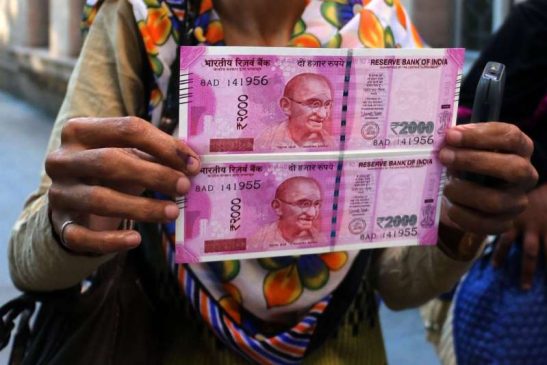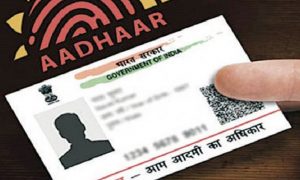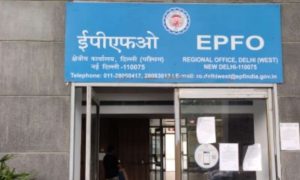A government task force could recommend a one-time amnesty to resolve legacy income-tax disputes worth at least Rs 8 lakh crore, according to people familiar with the matter who asked not to be named.
Experts said that if this happens, it will reduce the volume of tax litigations significantly, and also help taxpayers spend their time and effort on more productive matters, but added a caveat that its success will depend on the actual details of the amnesty. For companies, they added, it would also make it easier to do business in India.
“Litigation of this nature, especially in case of cross-border tax issues and transfer pricing, makes it difficult for companies to do business in India. Bringing about a scheme to resolve such long pending litigation would be very welcome. Taxpayers would unlock so much of their time, energy and resources to focus on their businesses and the intricacies of solving them rather than resolving repeated tax issues,” said Daksha Baxi, head – international taxation, Cyril Amarchand Mangaldas.
But “till the scheme is out, it is difficult to say how effective it would be in resolving long-drawn litigations which have been stuck for many years, some for more than 12 years,” she added.
The task force has been asked to draft the Direct Tax Code, one of whose aims is to reduce the number of tax cases.
The contours of the scheme could not be ascertained immediately, but it is likely to be a one-time amnesty window of three-four months as was proposed in the case of indirect taxes in the Union Budget presented earlier this month. The July 5 budget announced the “Sabka Vishwas” legacy dispute resolution scheme for litigation related to excise and service tax, but remained silent on the issue of direct tax disputes because the matter was being examined by the task force.
The government last month expanded the terms of reference of the task force set up in November 2017 to include, among other new objectives, the reduction in number and speedy resolution of tax cases. The task force is set to submit the draft by July 31, said a government official who asked not to be named.
According to data compiled by Dhruva Advisors in its research paper, ‘Tax Dispute Resolution in India: Trends and Insights’, there are 465,349 such cases pending at various tribunals and courts. At the Income Tax Commissioner (Appeals) [ICT-A] level alone, the amount involved is Rs 6,38,000 crore as on March 31, 2018; another Rs 4,96,000 crore is involved in cases at other forums such as the Income Tax Appellate Tribunal, high courts and the Supreme Court. While giving a written reply in the Lok Sabha on July 22, 2016, the then minister of state for finance, Santosh Kumar Gangwar, said that as on March 31, 2016, the total amount stuck in direct tax litigations was Rs 8,20,741 crore.
Experts are hoping the amnesty scheme is similar to Sabka Vishwas. “A litigation resolution scheme [for direct taxes] that was introduced three years back could not be successful because it demanded full payment of disputed tax, with full interest, and it only reduced penalty amount. It was something like I win and you lose,” said Nikhil Rohera, partner-corporate and international tax, PwC.
Statistics show that 70% of such litigations are in favour of taxpayers, and therefore a liberal scheme modelled similarly to Sabka Vishwas may work, he added.
The amnesty scheme announced for indirect taxes waives both interest and penalty amounts and also reduces the disputed tax amount significantly, Rohera said.
Last July, the government asked the direct tax authority to minimise tax litigations by increasing the threshold monetary limits for filing departmental appeals at various levels. As per the directive, tax authorities were asked not to pursue appeals for cases up to Rs 20 lakh at the ITAT level. Earlier, this threshold was Rs 10 lakh. Similarly, the minimum threshold for cases going to high courts was raised to Rs 50 lakh from Rs 20 lakh and for those going to the apex court to Rs 1 crore (from Rs 25 lakh).
After the indirect tax reform in the form of Goods and Services Tax (GST), the Narendra Modi government plans to introduce transformational changes in the direct tax regime by making it easier for honest individuals and corporate entities to comply with tax laws, the government official cited above said.
Initially, the task force was headed by Arbind Modi as the member (legislation) at Central Board of Direct Taxes (CBDT). After he retired, his successor Akhilesh Ranjan was made the head of the task force.
For more updates: Like us on Facebook and follow us on Twitter & Instagram





































